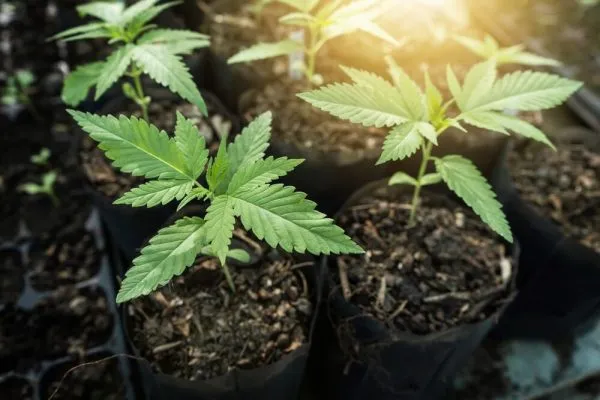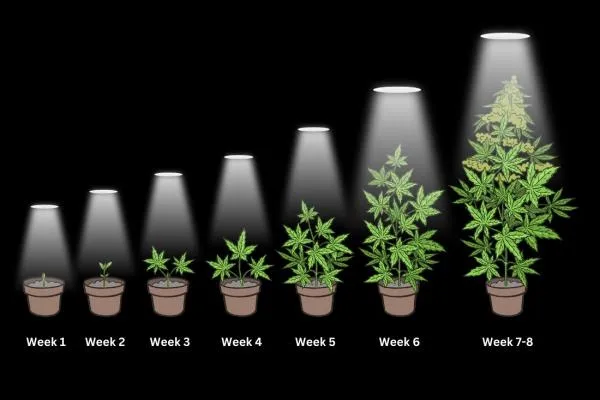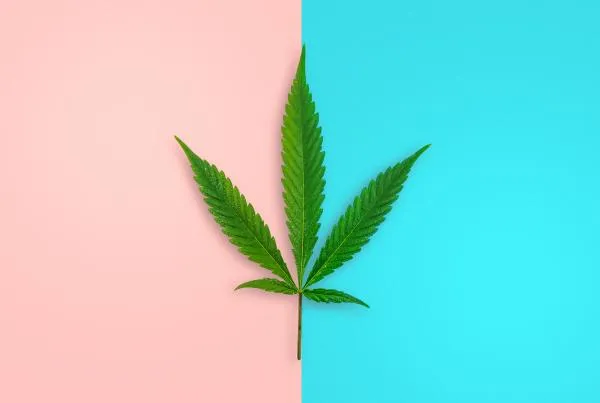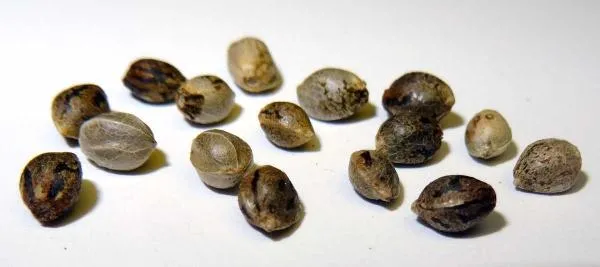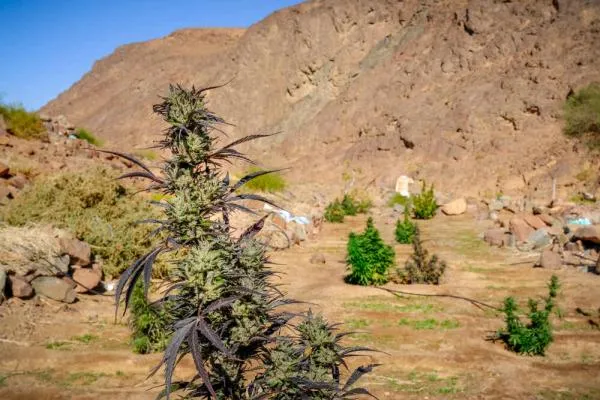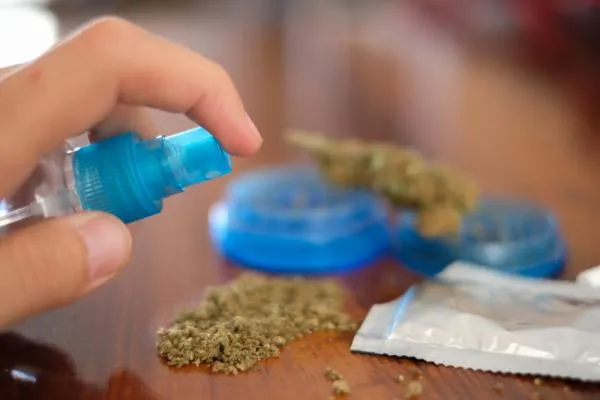Understanding Autoflowering Cannabis Plants
Autoflowering cannabis plants are a real revelation for cannabis enthusiasts, especially those who want a quick and easy grow cycle without having to worry about light schedules. Unlike photoperiod plants, which require specific hours of darkness to trigger flowering, autoflowers bloom automatically based on age. This makes them a favorite among beginners and those who want a faster harvest.
But when it comes to seeds, things get a little more complicated. If you've ever wondered whether autoflowering plants can produce seeds, the short answer is yes. But how and why it happens is where things get interesting.
What Are Autoflowering Plants?
Autoflowers are a specific type of cannabis that flower based on their age rather than light exposure. Traditional cannabis strains (photoperiod plants) rely on seasonal changes to switch from vegetative growth to flowering as the days shorten and the end of summer approaches. Autoflowers, on the other hand, don’t care about that—they start flowering on their own, usually within 2-4 weeks after sprouting.
This trait comes from Cannabis ruderalis, a hardy, wild species native to regions with short growing seasons like Russia and Central Asia. By crossing ruderalis genetics with indica or sativa strains, breeders have created modern autoflowers that are not only fast-growing but also potent.
The Role of Cannabis Ruderalis in Autoflowering Genetics
Cannabis ruderalis is the genetic backbone of all autoflowers. Unlike its photoperiod cousins, ruderalis evolved to survive in harsh climates where summers are short, meaning it had to flower quickly regardless of daylight hours.
While pure ruderalis isn’t very potent, its ability to flower automatically is priceless for breeders. By crossing ruderalis with high-THC or high-CBD strains, breeders create autoflowers that are both potent and fast-growing, making them a perfect choice for home growers and commercial cultivators alike.
Seed Production in Autoflowering Plants

If you’ve got an autoflowering plant, you might be wondering how it produces seeds. The process depends on whether the plant gets pollinated and under what circumstances.
Natural Pollination: Male and Female Plant Interaction
Just like photoperiod cannabis, autoflowers can come in male and female varieties. If you grow regular (non-feminized) autoflowering seeds, there’s a 50/50 chance of getting a male plant. Males produce pollen, which fertilizes female plants, leading to seed production.
If you allow a male to pollinate a female, the result will be autoflowering seeds. However, if you’re aiming for seedless buds (sensimilla), you need to remove any males before they release pollen. This is why many growers opt for feminized autoflowering seeds, which eliminate the risk of males altogether.
Stress-Induced Hermaphroditism and Self-Pollination
Sometimes, female autoflowers can produce seeds on their own—this happens when they turn into hermaphrodites due to stress. Factors like inconsistent light cycles, extreme temperatures, or physical damage can trigger a plant to develop male flowers, allowing it to self-pollinate.
When this happens, the plant produces seeds that are often autoflowering, but they may carry unstable genetics. While this isn’t ideal for growers looking for high-quality buds, some breeders intentionally stress plants to create feminized autoflowering seeds.
Breeding Autoflowering Seeds

If you want to produce your own autoflowering seeds, you’ll need to follow some specific breeding techniques to ensure stable genetics and desirable traits.
Selecting Parent Plants: Importance of Genetics
Breeding high-quality autoflowering seeds starts with choosing the right parent plants. You’ll want to pick strong, healthy autoflowers with desirable traits like potency, yield, and resistance to pests or diseases.
If you’re breeding regular autoflowers, select a male with strong growth and a female with desirable bud structure and resin production. For feminized autoflowers, you’ll need to induce stress or use colloidal silver to force a female plant to produce pollen, ensuring all resulting seeds are female.
Pollination Techniques for Seed Production
Once you have your parent plants, pollination is simple:
- Grow males and females separately until the males produce pollen sacs.
- Collect pollen from the male using a small brush or paper bag.
- Apply pollen to the female’s buds, ensuring even coverage.
- Wait a few weeks—fertilized buds will start producing seeds.
Stabilizing Autoflowering Traits in New Strains
If you breed autoflowers, you’ll notice that not all seeds will reliably flower automatically. To stabilize the autoflowering trait, breeders backcross plants over several generations, selecting only those that consistently autoflower.
This process takes time, but it’s necessary to ensure that future generations of seeds maintain their autoflowering nature without reverting to photoperiod dependence.
Feminized vs. Regular Autoflowering Seeds
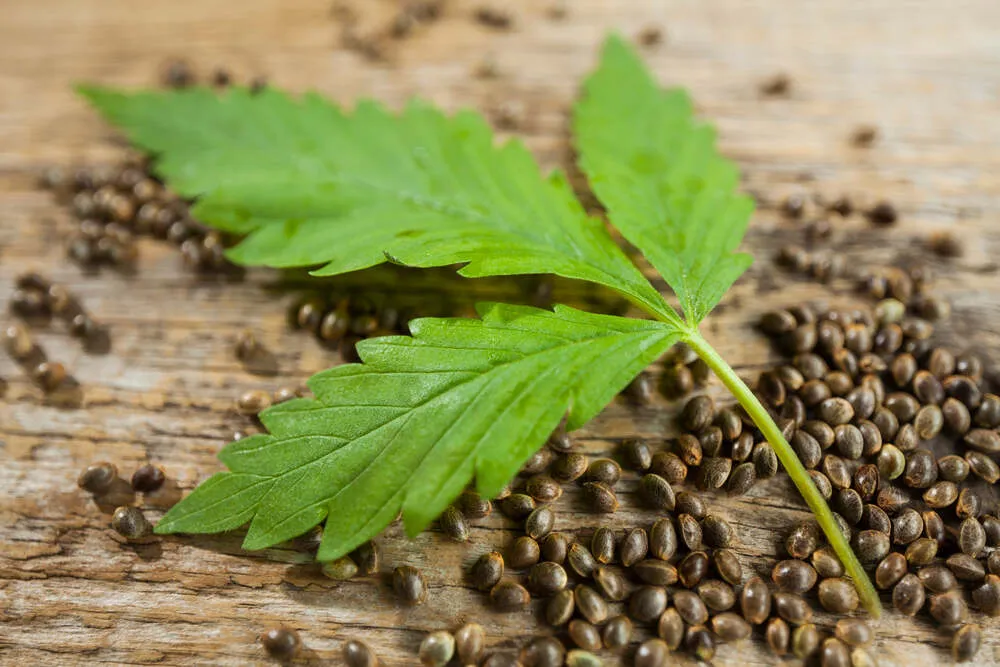
Not all autoflowering seeds are created equal. You’ve got two main types: feminized and regular, each with its pros and cons.
Characteristics of Feminized Autoflowering Seeds
Feminized autoflowers are bred to eliminate male plants, giving you a 100% female crop. These seeds are ideal for growers who want to maximize bud production without worrying about males.
Pros of feminized autoflowering seeds:
- Guaranteed female plants (no wasted space on males)
- Higher yields since all plants produce buds
- Easier for beginners to manage
Cons:
- More expensive than regular seeds
- Can’t be used for traditional breeding (since there are no males)
Benefits and Drawbacks of Regular Autoflowering Seeds
Regular autoflowering seeds are natural, meaning they have a 50/50 chance of being male or female. These are best suited for breeders looking to create their own strains or produce their own seeds.
Pros of regular autoflowering seeds:
- More genetic diversity for breeding
- Can produce your own seeds for future grows
- Often cheaper than feminized seeds
Cons:
- Risk of male plants pollinating females (leading to seeded buds)
- More work needed to remove males
Best Practices for Producing High-Quality Autoflowering Seeds
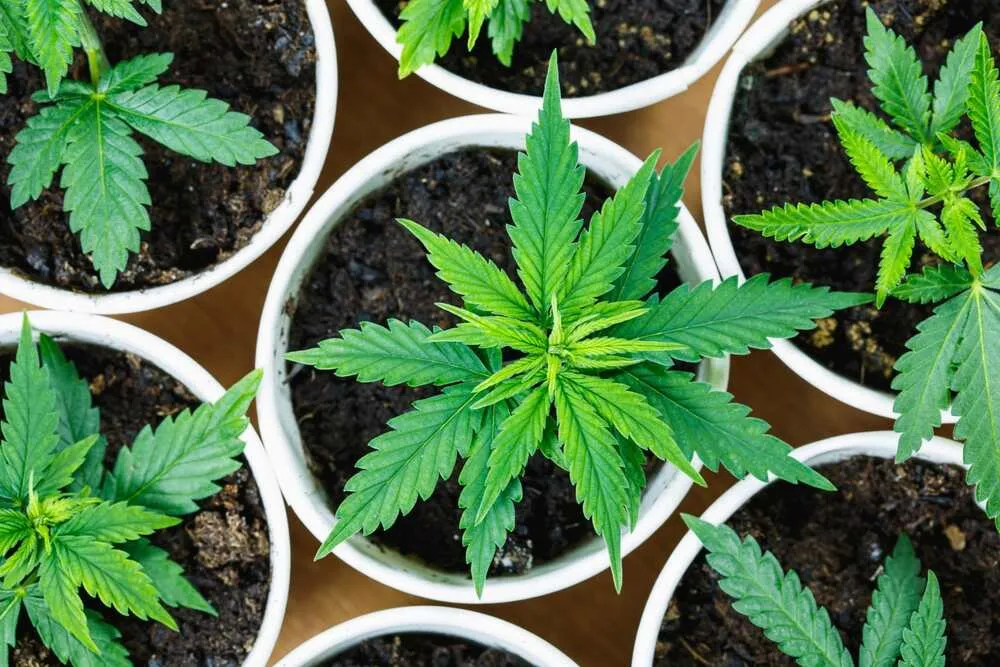
If you’re planning to produce your own autoflowering seeds, you need to ensure quality. This means paying attention to growing conditions, genetics, and storage.
Environmental Factors Influencing Seed Quality
Healthy plants produce better seeds. To ensure high-quality autoflowering seeds, focus on:
- Proper lighting: Even though autoflowers don’t rely on light schedules, strong LED or HPS lights improve growth.
- Nutrients: Balanced feeding prevents deficiencies that could affect seed development.
- Temperature & humidity: Keep temps around 70-80°F (21-27°C) and humidity between 40-50%.
- Stress management: Avoid overwatering, sudden temperature changes, or rough handling.
Harvesting and Storing Autoflowering Seeds
Once your seeds are mature, you’ll need to harvest and store them properly:
- Wait until seeds turn dark brown with a hard shell before harvesting.
- Dry them for a week in a cool, dark place.
- Store seeds in an airtight container with silica gel to keep moisture out.
- Keep them in a cool, dark place (like a fridge) for long-term storage.
So, do autoflowering plants produce seeds? Absolutely. Whether they come from natural pollination, hermaphroditism, or intentional breeding, autoflowers can produce viable seeds. If you’re growing for buds, you’ll want feminized seeds to avoid males. But if you’re interested in breeding, regular autoflowering seeds are the way to go.
By understanding how autoflowers produce seeds and how to breed them properly, you can make the most of these fast-growing cannabis plants. Whether you’re a casual grower or an aspiring breeder, knowing the ins and outs of autoflowering seed production will help you get the best results from your plants.
